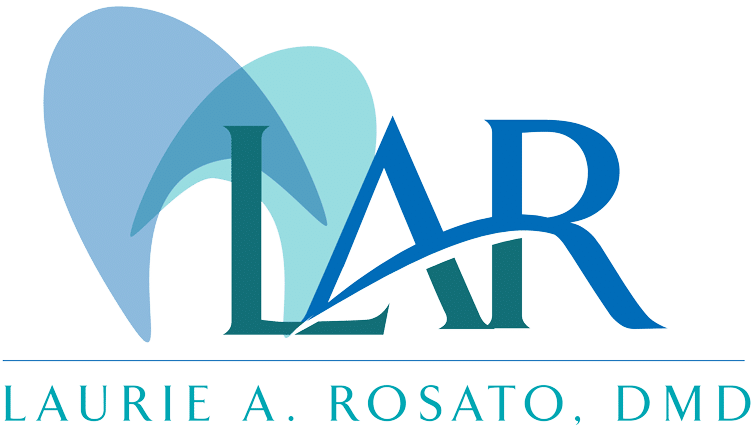The temporomandibular joints, or TMJ, are located on either side of your lower jaw to connect it to the skull. Whenever you open or close your mouth, they act as a sliding hinge. These joints and the muscles and ligaments that surround them allow you to bite, speak, chew, and swallow. Although you rely on these joints every day, you probably never gave them much thought until they started causing you pain, which is referred to as TMJ disorder or TMD.
There is no one-size-fits-all approach to TMJ pain. Instead, we try to understand the origin of your pain and put together a customized treatment plan to address the underlying cause of TMD, rather than simply treating the symptoms.
Self-Care Strategies for TMJ Disorder
According to the National Institute of Dental and Craniofacial Research, a “less is best” approach is best when it comes to TMJ treatments. You should start with at-home care to control your pain. For patients with mild TMD or symptoms that come and go, these treatments can be quite successful. Self-care strategies for TMJ pain include:
- Eating a diet of soft, easy-to-chew foods during flare-ups
- Quitting bad oral habits like nail biting, gum chewing, and chewing on ice
- Applying warm compresses, cold compresses, or a combination of both to alleviate symptoms
- Implementing relaxation techniques to release tension in the jaw
- Using over-the-counter anti-inflammatory pain relievers (NSAIDs) when other self-care strategies do not provide relief
Because TMD is often exacerbated by stress, taking steps to get your stress under control can also help.
Conservative TMJ Treatments
If you’ve tried the self-managed care strategies above and haven’t found relief, it’s time to see a dentist for treatment. Dr. Rosato specializes in diagnosing and treating TMD. She will conduct an exam of your teeth and jaw and go over the symptoms you’re experiencing. Then, she can decide which treatment option is best for your needs. Some conservative TMJ disorder therapies include:
- Physical therapy exercises that target the jaw muscles
- Prescription medication, including pain relievers, anti-inflammatory medications, or muscle relaxants
- Botox injections that relax tense jaw muscles
- Stabilization splints that stop nighttime jaw clenching and teeth grinding
- Orthodontic treatment to correct bite issues that are causing jaw pain
- Adjusting or reshaping teeth to fix an uneven bite
The last two options are less conservative compared to the others, but they’re often more effective and certainly less invasive than surgical solutions. Many patients find that correcting the bite issues that are causing their TMJ pain also improves their facial appearance and smile.
Surgical TMJ Treatments
We consider surgical TMD treatments a last resort, as they are irreversible and there is still some discussion over whether they are effective. If nothing else has helped your TMJ pain, we suggest starting with a conservative surgical procedure like arthroscopy rather than a joint replacement. An oral surgeon can help you choose the right surgical strategy for severe TMJ pain.
The good news is that it’s rare that patients need surgery for TMJ pain; most are able to control their symptoms with self-care or conservative therapies.
Learn More About TMJ Disorder Treatment in Concord
If you have TMJ pain, it’s important to see a dentist who specializes in diagnosing and treating TMJ disorder. Contact us today at 603-228-9276 to schedule a consultation with Dr. Rosato.

